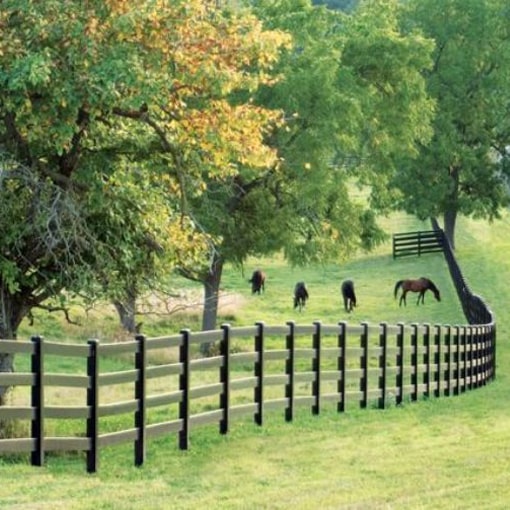Featured

A fencing works as greater than simply a limit; it offers personal privacy, protection, and boosts the aesthetic appeal of your building. Like any outside framework, a fence will unavoidably deal with wear and tear from the aspects and age. While regular maintenance can extend the life of your fencing, there comes a time when fixings no longer are enough, and it's time to consider replacement. How do you understand when your fencing is beyond conserving? Below are some vital indicators that your fence might need to be changed.
- Visible Damages or Use. Wood fences are particularly prone to splitting or splintering over time, while vinyl fencings can create splits. If the damage is structural or extensive, fixing individual areas might not be enough, and replacing the fencing comes to be needed.
- Rot and Decay. If you observe that components of your fence feel soft to the touch or if you see mold and mildew or fungus expanding, it's a sign of rot. Small rot can in some cases be repaired, comprehensive decay, particularly near the base of fencing blog posts, can jeopardize the honesty of the entire fence.
- Leaning or Tilting. A leaning fence is a clear indicator that something is incorrect with its architectural assistance. If the fence continues to lean regardless of attempts at modification, it might be time to change the afflicted sections or the whole fence.
- Corrosion or Deterioration (For Steel Fences) While minor corrosion can typically be removed and dealt with, extensive corrosion that endangers the fence's security is an indicator that replacement is needed. It's better to change a heavily rusted steel fencing than to continue trying repair services.
- Insect Infestations. Wooden fences are a common target for insects like termites, carpenter ants, and rodents. These insects can trigger considerable damage by tunneling into the wood and deteriorating its framework. If you discover small openings, sawdust heaps, or actual insects living in your fencing, it's vital to deal with the invasion as soon as possible. In cases where the damages is severe, the affected fence messages or boards might need to be replaced to restore the fencing's security.
- Difficulty Preserving the Fence. If you find on your own regularly making repairs to the same areas of your fencing, it can be a sign that the fencing is past its prime. If you're spending more money on covering up old sections than you would on a complete substitute, it's time to consider changing the fencing altogether.
- Age of the Fencing. The age of your fencing plays a considerable function in its general problem. While the life-span of a fence can vary relying on the material, area, and weather conditions, many fencings last in between 15 and twenty years. It might be time to replace it if your fence is approaching or exceeding its anticipated life expectancy and revealing indicators of wear and tear. Despite having regular upkeep, an aging fencing will ultimately require to be replaced to keep its performance and look.
- Outdated Appearance. Occasionally, a fence merely ends up being out-of-date, no longer matching the design or demands of your home. If your fencing no longer matches your residential or commercial property or fulfills your needs-- such as privacy, protection, or looks-- it may be time to take into consideration a substitute.
- Fencing No Longer Serves Its Purpose. Your needs for a fence can evolve in time. As an example, if your initial fencing was developed for decoration or to maintain family pets included, today you require much more personal privacy or safety and security, a substitute may be needed. A fencing that no more offers its intended objective is not only much less reliable but can likewise diminish the overall value of your building. In such instances, replacing the fence with one that satisfies your present requirements is the finest choice.

Final thought. A fencing is a vital part of your home's outside, supplying safety and security, design, and privacy. Nevertheless, like any type of framework, it will eventually reveal indications of aging or damages. If you see any of the indicators noted above-- visible damage, rot, leaning, pest infestations, or an out-of-date look-- it may be time to change your fencing. Replacing an old, damaged fencing can boost the general worth of your residential or commercial property, improve security, and give your yard a fresh look. By watching out for these indicators, you can make an enlightened choice about when it's time to purchase a brand-new fence.
Latest Posts
Turn Your Fencing Vision into Reality with Washington Fence
Published Feb 24, 25
1 min read
Obtain Your Car Running Smoothly-- Montclare Auto Repair Work!
Published Feb 23, 25
1 min read
Enhance Your Residential or Commercial Space with Expert Fencing
Published Feb 22, 25
1 min read
More
Latest Posts
Turn Your Fencing Vision into Reality with Washington Fence
Published Feb 24, 25
1 min read
Obtain Your Car Running Smoothly-- Montclare Auto Repair Work!
Published Feb 23, 25
1 min read
Enhance Your Residential or Commercial Space with Expert Fencing
Published Feb 22, 25
1 min read